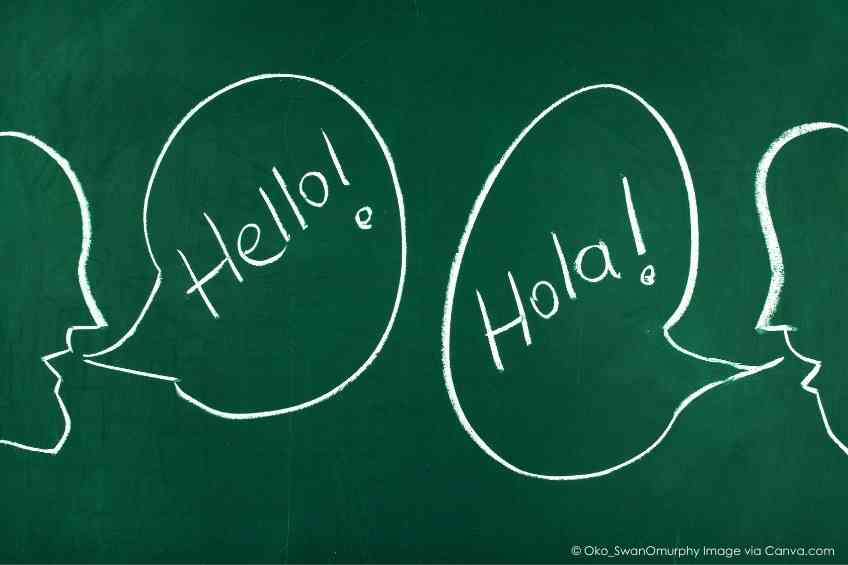By John Salak –
Being bilingual has all sorts of social and professional benefits. The ability to speak a second language is a boon for those in business who either have to deal overseas or with individuals at home who predominantly speak a second language. Then, of course, there is the cool factor. Those who can confidently toss out French, Spanish or German phrases just seem to have a leg up on others in the social scene. Beyond that, being bilingual builds brain power, enhancing cognitive abilities and mental flexibility in ways that benefit individuals throughout their lives.
Now, there’s another reason to speak more than one language. Those who are bilingual demonstrate a greater ability to age well, recover more effectively from brain injuries and demonstrate stronger levels of cognition.
- From 1980 to 2018, the percentage of Americans age 18 or older who were multilingual rose from 9.2% to 16.9% (Indicator V-08a). In this case, an individual is considered multilingual if they: (1) report speaking a language other than English at home; and (2) characterize themselves as speaking English “well” or “very well.”
- In 2018, the majority (56.2%) of multilingual Americans age 18 or older spoke Spanish or Spanish Creole in addition to English (Indicator V-08b). Approximately a fifth of multilinguals spoke another Indo-European language, and 16.8% spoke an Asian or Pacific Island language. Included among the remaining 6.8% of multilingual Americans (whose home language is labeled “Other” in the graph) are those who spoke indigenous languages of North, Central and South America; Semitic languages (including Arabic); and languages of Africa. (For details as to the languages included in this category and the others used in Indicator V-08b, see the supporting table).
Montreal Neurological Institute-Hospital, in fact, announced that learning a second language, especially at an early age, builds stronger cognitive abilities by increasing communication efficiencies between different parts of the brain.
Past research has shown that learning a second language may also positively affect attention, healthy aging and even recovery after brain injury.
The report on bilingualism’s impact on the brain, which also involved the University of Ottawa and the University of Zaragoza in Spain, was based on findings involving 151 participants who either spoke French, English or both languages. The research also recorded the age at which the participants learned their second language.
The bilingual study specifically focused on using resting-state functional magnetic resonance imaging (fMRI) to record whole-brain connectivity, rather than focusing on specific regions as was done in previous bilingualism studies. The scans clearly revealed that bilingual participants had increased connectivity between brain regions compared to monolingual participants. It also found that connectivity was stronger in those who learned their second language at a younger age.
The results mirror previous studies that have reported brain regions interact with others to understand and produce language. This level of whole-brain efficiency was also shown to aid cognitive performance.
“Our work suggests learning a second language during childhood helps build a more efficient brain organization in terms of functional connectivity,” Zeus Gracia Tabuenca, the paper’s first author, reported. “The results indicate that the earlier the second language experience, the broader extent of brain areas involved in neuroplasticity.”
Neuroplasticity is the brain’s ability to build connections within itself, adapting to the surrounding environment. The brain is most plastic in childhood, forming new pathways in reaction to stimuli such as language.
The report is apparently good news for Americans, who have an undeserved reputation for falling behind the curve when it comes to bilingualism. In fact, a growing number of Americans now speak at least two languages. In 2023, 23 percent of U.S. adults were bilingual, up substantially over the last decade and basically in line with the 25 percent of those living in the European Union who spoke more than one language.
The U.S. is actually more bilingual than the U.K. at 22 percent, France at 20 percent and Italy at 11 percent.










